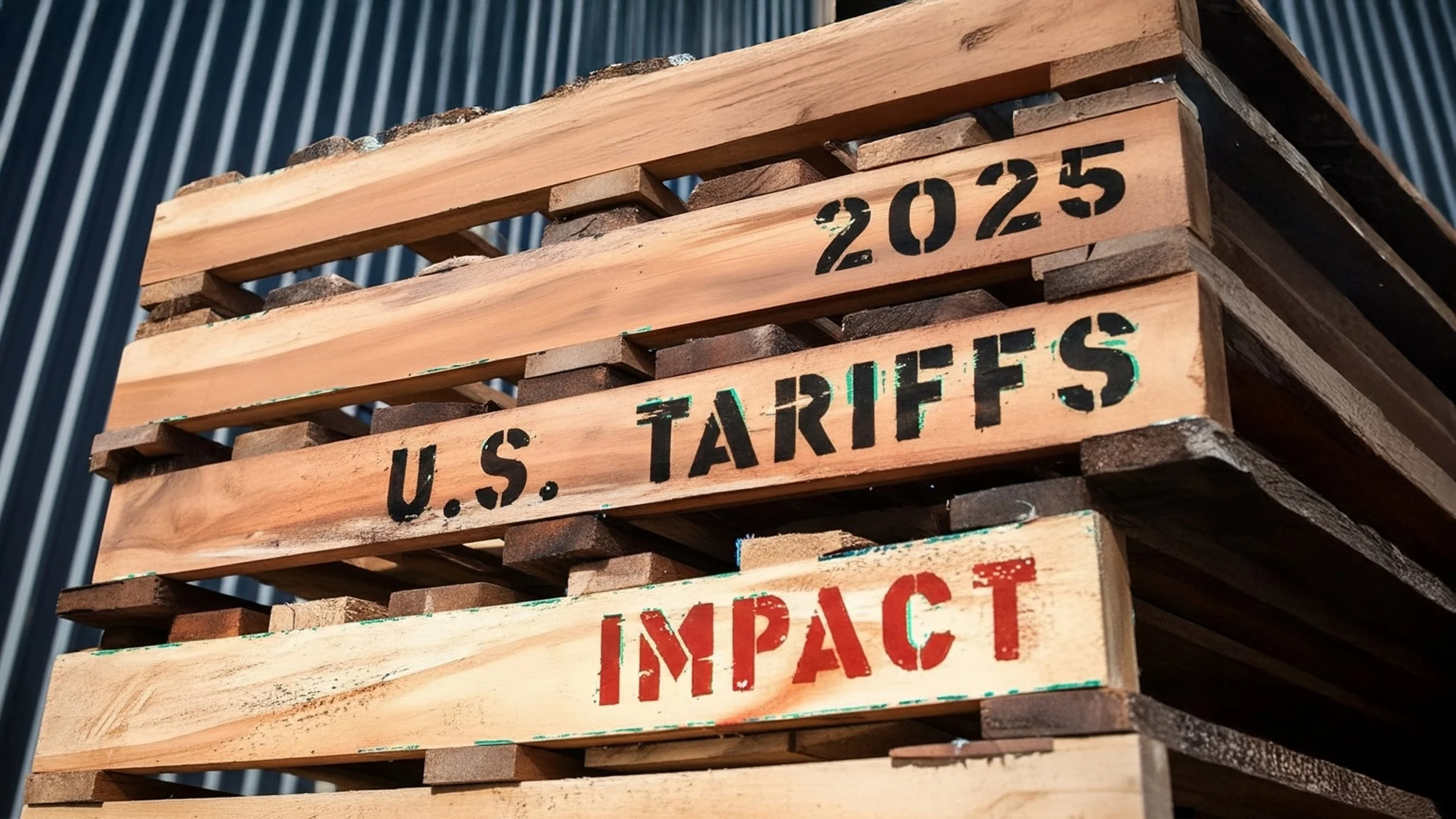Tariffs, Inflation, and the Dollar: Key Takeaways from Waller’s Speech
What Happens When Trade Meets Inflation?
What happens when trade policy collides with inflation? According to Federal Reserve Governor Christopher Waller, the answer is simple: tariffs don’t just raise prices on goods — they put pressure on the U.S. Dollar (USD) and shape the Fed’s decisions.
At GME Academy (Global Markets Eruditio), we remind learners that speeches like Waller’s aren’t just for economists. For Forex Trading for Beginners, these insights explain why the dollar moves the way it does, helping traders spot opportunities before the crowd.

Tariffs and the Inflation Connection
Waller pointed out that tariffs — essentially taxes on imports — usually mean higher prices for everyday goods.
Think of it like a store adding a “shipping fee” to every product on the shelf. Consumers end up paying more, and inflation creeps higher.
For the Fed, this is a red flag. Higher inflation makes it harder to justify interest rate cuts, and that keeps the USD stronger for longer.
The Fed’s Balancing Act
Waller’s speech emphasized that the Fed is watching tariffs closely. If they push inflation up, the Fed may:
Hold off on rate cuts, or
Keep a stronger stance for longer than markets expect.
For Forex traders, this means watching both Fed policy signals and trade news. The two are connected — tariffs feed inflation, which in turn influences rate decisions, and finally the strength of the dollar.
Impact on Currency Pairs
The dollar doesn’t move in isolation — it reacts across the board. Here’s how:
EUR/USD – If tariffs fuel inflation and the Fed stays hawkish, the USD can strengthen, pushing this pair lower.
USD/JPY – A stronger dollar keeps upward pressure here, especially if Japan maintains its dovish policy.
GBP/USD – Similar to the euro, the pound could weaken against a firmer USD.
For Forex beginners, the key lesson is this: news about tariffs isn’t just political — it’s directly tied to whether the USD climbs or falls.
Why This Hits Your Wallet (and Trading Account)
Tariffs and inflation have ripple effects that reach far beyond economics classrooms:
Every day prices – Imported goods (like electronics or groceries) can get more expensive.
Loans & mortgages – If inflation stays high, rates may remain elevated.
Trading volatility – Currency pairs can swing sharply after Fed speeches.
At Global Markets Eruditio, we teach traders to connect these dots, so you don’t just follow headlines — you trade smarter.
Reading Waller Like a Trader
Here’s how you can think like a trader when digesting Waller’s message:
Check inflation data – Are tariffs already feeding into CPI and PCE reports?
Listen for tone – Is Waller signaling caution or optimism in Fed speeches?
Watch USD reactions – Notice how currency pairs shift immediately after Fed comments.
Mastering this skill helps you anticipate moves instead of reacting late.
Final Takeaway
Tariffs may sound like trade policy, but in reality, they’re also inflation policy — and the Fed is paying attention. For Forex traders, that means Waller’s speech isn’t background noise; it’s a trading signal.
At GME Academy (Global Markets Eruditio), we make these complex connections simple. Whether you’re new to Forex Trading for Beginners or refining advanced strategies, knowing how tariffs and inflation shape the Fed’s stance gives you a decisive edge.
Join GME Academy today and learn how to turn Fed signals into smarter Forex strategies

